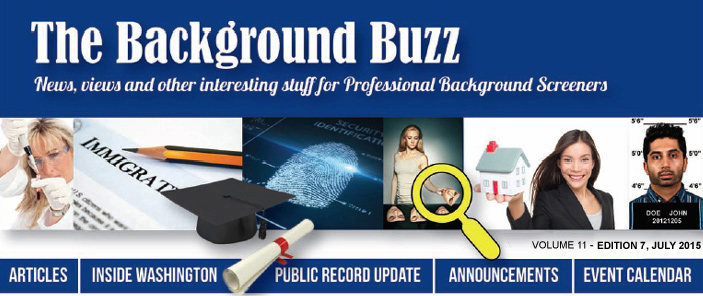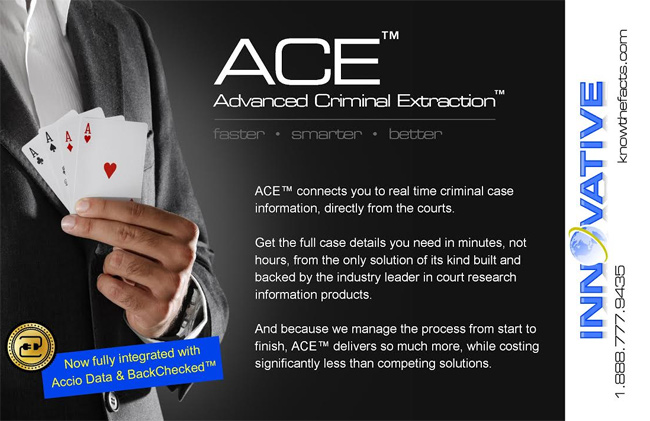| Correct!
(b) is the correct answer. This option alerts
your end user/client that there might be an issue from the
offer to provide a free updated report while ensuring the
end user/client has a permissible purpose (continued employment)
which protects both of you against a potential claim of
lack of permissible purpose by the applicant/employee. (a)
is a bad business decision. End users/clients need to have
faith in what you provide them and know that if an error
occurs you will work to correct it. If the information comes
to light, and the end user/client would not have hired the
person had it known, you will likely lose a customer. (c)
is incorrect because the CRA does not know if the end user/client
has a permissible purpose at this point in time. (d) is
not correct because accuracy is what is important. If the
end user still has a permissible purpose they should know
if the past report was inaccurate in any material way.
Question:
In conducting an internal audit for quality assurance purposes,
CRA, Inc. discovers certain information was reported to
the client incorrectly. No dispute was ever filed, so the
issue was not previously discovered. What should CRA, Inc.
do?
a.
Do nothing.
b.
Contact the end user/client to inquire as to whether they
hired the applicant. If so, inquire as to whether they would
like a free updated report, assuming that they have an evergreen
consent, and provide one if requested.
c.
Immediately send the corrected report to the end user/client,
making it clear that incorrect information was provided
in the report previously made.
d.
CRA's actions are dependent upon whether the incorrect information
is helpful or harmful to the consumer.
|


